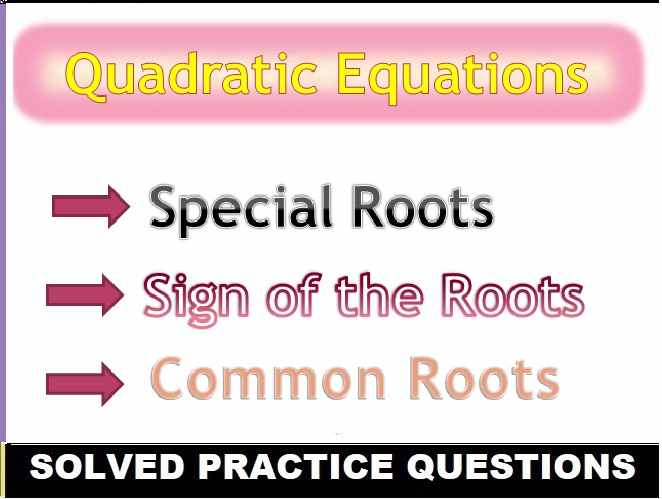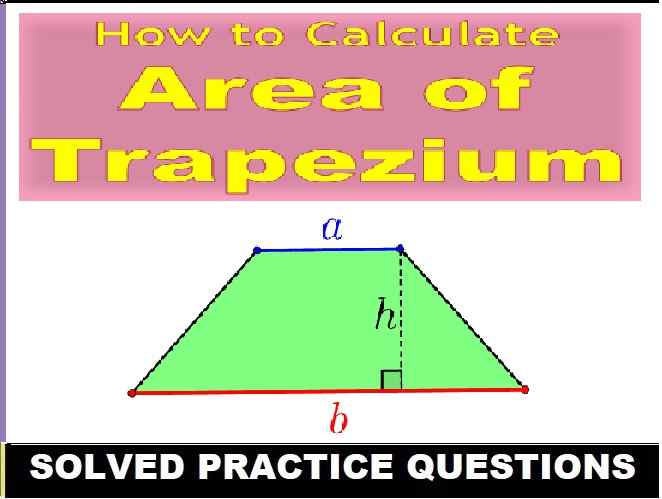Pollination and Fertilization Long Answer Biology Class-9 ICSE Selina Publishers Solutions Chapter-5. Step By Step ICSE Selina Concise Solutions of Chapter-5 Pollination and Fertilization with Exercise-5 including MCQs, Very Short Answer Type, Short Answer Type, Long Answer Type and Structured/Application Questions Solved . Visit official Website CISCE for detail information about ICSE Board Class-9.
Pollination and Fertilization Exe-5 Long Answer Biology Class-9 ICSE Concise Selina Publishers
| Board | ICSE |
| Publications | Selina Publication |
| Subject | Biology |
| Class | 9th |
| Chapter-5 | Pollination and Fertilization |
| Book Name | Concise |
| Topics | Solution of D. Long Answer vType |
| Academic Session | 2023-2024 |
D. Long Answer Type
Pollination and Fertilization Class-9 Biology Concise Solutions
Page 48
Question 1.
Distinguish between the following pairs:
(a) Autogamy and Geitonogamy
(b) Homogamy and Dichogamy
(c) Protandry and Protogyny
(d) Entomophilous and Anemophilous flowers
(e) Advantages of self and cross-pollination
Answer:
(a) Difference between Autogamy and Geitonogamy:
| Autogamy | Geitonogamy |
|---|---|
| It refers to transfer of pollen grain from anther to stigma of the same flower. | It refers to transfer of pollen grain from anther of one flower to stigma of another flower of the same plant. |
(b) Difference between Homogamy and Dichogamy:
| Homogamy | Dichogamy |
|---|---|
| Maturity of anther and stigma of a flower at same time to ensure self pollination. | Maturity of anther and stigma of a flower at different times to ensure cross pollination. |
(c) Difference between Protandry and Protogyny:
| Protandry | Protogyny |
|---|---|
| Anthers of the flower matures earlier than the stigma. | Stigma of the flower matures earlier than the anthers. |
(d) Difference between Entomophilous and Anemophilous flowers:
| Entomophilous flowers | Anemophilous flowers |
|---|---|
| Flowers that are pollinated by insects are called entomophilous flowers. | Flowers that are pollinated by winds are called anemophilous flowers. |
| Flowers are showy. | Flowers are not showy. |
| Pollen is produced in limited amount. | Very large quantity of pollen is produced. |
| Pollen grains are sticky or spiny. | Pollen grains are light dry and smooth. |
(e) Difference between advantages of self and cross-pollination:
| Advantages of Self-pollination | Advantages of Cross-pollination |
|---|---|
| Parental characters are preserved indefinitely. | There are variations in character leading to production of new varieties. |
| It is much surer in bisexual flowers where stamens and carpels mature at the same time. | The seeds produced are abundant and viable. |
| There is no wastage of pollen grains. | Offsprings are healthier and can adapt to environmental changes. |
Question 2.
What are the advantages of the following in the flower to the plant concerned?
(a) Long and feathery stigma
(b) Brightly coloured petals
(c) Smooth and light pollen
(d) Protruding and easily movable anthers
(e) Fragrant nectar
Answer:
(a) Long and feathery stigma: Help to trap pollen grains in wind-pollination
(b) Brightly coloured petals: Attracting insects for cross-pollination
(c) Smooth and light pollen: Easily carried by wind to enable cross-pollination
(d) Protruding and easily movable anthers: Even slightest wind can move them
(e) Fragrant nectar: Attracting insects for pollination
Question 3.
Describe the advantages and disadvantages of cross-pollination to the plant.
Answer:
Advantages of cross-pollination:
- The offspring are healthier.
- The seeds produced are abundant and viable.
- New varieties may be produced by cross-pollinating two different varieties of the same species.
Disadvantages of cross-pollination:
- Pollination is not always certain.
- The pollen has to be produced in large quantity.
- The process is uneconomical for the plant because the flowers have to be large,coloured, scented and have to produce nectar for attracting pollinating agents.
Question 4.
What is the function of the pollen tube? Explain it with the help of a diagram.
Answer:
Functions of the pollen tube:
- The pollen tube helps to transport male gametes toward the female gametes.
- As the embryo grows the ovary gets larger.
- The tube grows along the entire length of the pistil.
- The embryo plant then begins to develop.
- The germ cell travels down to the tube to the ovary.
- When the germ cell comes in contact with the eggs cell fertilization occurs.

The pollen tube emerges out of the pollen grains by breaking through its exinc, growing from the style and stigma as a result of dissolving the tissues brought about by the enzymes, finally reaching the ovary. Here, it makes way to the ovule via the micropyle – a small pore.
— : End of Pollination and Fertilization D. Long Answer Class-9 ICSE Biology Solutions :–
Return to Return to Concise Selina ICSE Biology Class-9
Thanks
Please share with your friends


